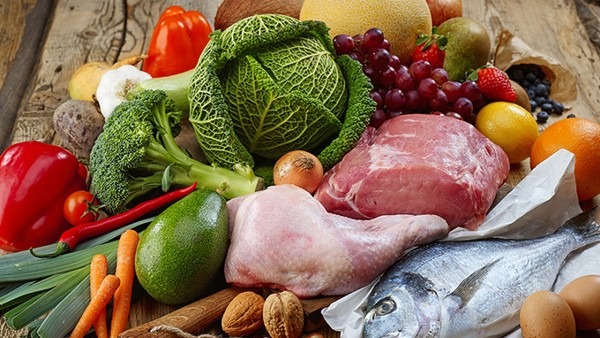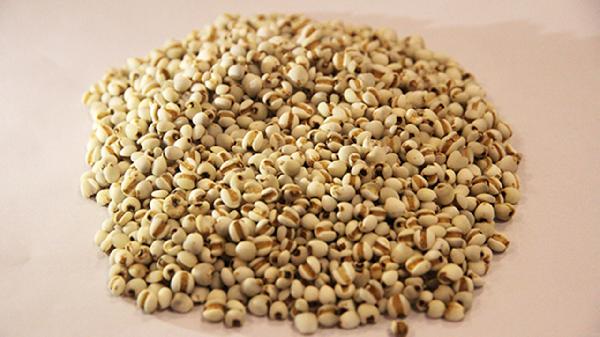Chronic pain, defined as persistent pain lasting more than three months, is a significant health issue affecting millions of Americans. According to a 2021 report by the Centers for Disease Control and Prevention (CDC), an estimated 20.4% of U.S. adults experience chronic pain, with 7.4% suffering from high-impact chronic pain that severely limits daily activities. This prolonged reliance on medication not only disrupts daily life and work performance but also leads to physical degeneration, difficulty in movement, and risks of drug abuse and depression. Alarmingly, a 2023 study in The Journal of Pain revealed that chronic pain patients face a 25% higher risk of cardiovascular diseases, a 35% increased risk of stroke, and a 45% higher mortality rate compared to the general population.

Understanding Chronic Pain
Unlike acute pain, which serves as a warning signal for injury or illness, chronic pain is often unrelated to any visible wound. The World Health Organization (WHO) classifies chronic pain as a disease characterized by changes in brain function and structure, neuroinflammation, and heightened pain sensitivity. This condition requires a comprehensive approach to management, extending beyond mere medication.
The Role of Diet in Chronic Pain
Emerging research highlights the significant impact of diet on chronic pain. A 2022 study in Nutrition Reviews found that chronic pain patients tend to consume higher-calorie diets rich in refined carbohydrates, sugars, and fats, while lacking essential nutrients like vitamin D and magnesium. Such unhealthy dietary patterns exacerbate systemic inflammation, worsening pain symptoms.
Dietary Strategies for Pain Management
1. Increase Fiber and Antioxidant-Rich Foods
Vegetables and Fruits: Fill half your plate with vegetables and consume two fist-sized portions of antioxidant-rich fruits like cherries, strawberries, blueberries, citrus fruits, grapes, and apples daily.
Whole Grains and Legumes: Opt for whole grains and legumes such as red beans, green beans, and chickpeas, along with soybeans and nuts. These foods are rich in fiber, carotenoids, vitamin E, and polyphenols, which help combat inflammation.
2. Address Nutrient Deficiencies
Vitamin D: Found in salmon, dried mushrooms, and eggs, vitamin D acts as a natural antioxidant.
Vitamin B12: Essential for nerve function, it is abundant in meat and fish.
Magnesium: Present in dark leafy greens and whole grains, magnesium helps reduce inflammation and nerve pain.
3. Opt for Healthy Fats
Omega-3 Fatty Acids: Consume at least half a pound of omega-3-rich fish like mackerel and salmon weekly. Use extra virgin olive oil for cooking and incorporate nuts like walnuts, flaxseeds, and pumpkin seeds into your diet.
Reduce Saturated Fats: Limit intake of red and processed meats, which are high in saturated fats and linked to increased inflammation.
4. Stay Hydrated
Water Intake: Drink 2-3 liters of water daily to aid nutrient absorption, waste elimination, and reduce pain sensitivity. Adequate hydration also helps prevent constipation by softening stools.
5. Avoid Processed Foods and Excessive Alcohol/Caffeine
Processed Foods: Minimize consumption of carbonated drinks, packaged snacks, instant noodles, and processed meats, which are high in calories, saturated fats, and additives but low in fiber.
Alcohol and Caffeine: Limit alcohol to no more than two drinks per day for men and one for women (10 grams of alcohol per drink). Keep caffeine intake below 300 mg daily (equivalent to one large Americano) and avoid consumption in the afternoon.
The Importance of Physical Activity and Sleep
Chronic pain patients often avoid physical activity due to fear of exacerbating pain. However, prolonged inactivity can lead to muscle atrophy, joint stiffness, and increased pain. A 2023 study in The Journal of Physical Activity and Health found that regular exercise improves blood circulation, strengthens muscles, stabilizes mood, and helps maintain a healthy weight. Additionally, poor sleep quality can contribute to chronic pain. Ensuring adequate sleep allows the body to repair itself, reduces inflammation, and regulates emotions, all of which are crucial for pain management.
Conclusion: A Holistic Approach to Pain Management
When pain persists for more than three months, it is essential to adopt a holistic approach rather than relying solely on painkillers. Incorporating pain management dietary strategies, staying physically active, and ensuring sufficient sleep can significantly alleviate discomfort and enhance overall quality of life. Consult healthcare professionals to tailor an appropriate exercise regimen and dietary plan that suits your individual needs. By embracing a healthy lifestyle, chronic pain patients can reclaim their lives and improve their well-being.
























